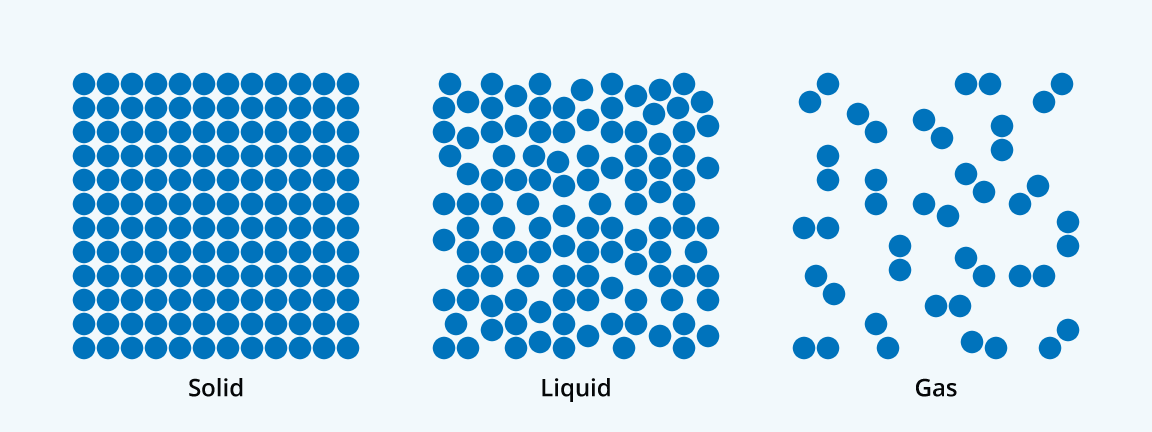Question #495e9
1 Answer
As light travels through different materials, it interacts with the molecules in the material and is slowed down. Slowing down of light in different materials is characterized by the index of refraction
#mu=c/v#
where#c# is the speed of light in vacuum and#v# is the phase velocity#"^&# of light in the medium.
We can argue that in solids, molecules are more densely packed as compared to density packing of molecules in a gas. This leads to probability of interaction between light and molecules of a solid being higher of the two media. Thereby leading to more slowing down of light in solids as compared to in gases.

(Exception/; Water, in Liquid and Solid form)
It should be remembered that the frequency of light does not change during refraction. In the medium where the light travels faster the wavelength of light becomes bigger.
.-.-.-.-.-.-.-.-.-.-.-.-.-.-.-.-.-.-.-.-.--.
This can not be treated as exclusive proof as there are exceptions as enumerated below. Although, the refractive index of a glass increases with its density, however, it is known that an overall linear relation between the refractive index and the density for all silicate and borosilicate glasses does not exist. On one hand we can get high refractive index and low density with glasses containing light metal oxides such as
